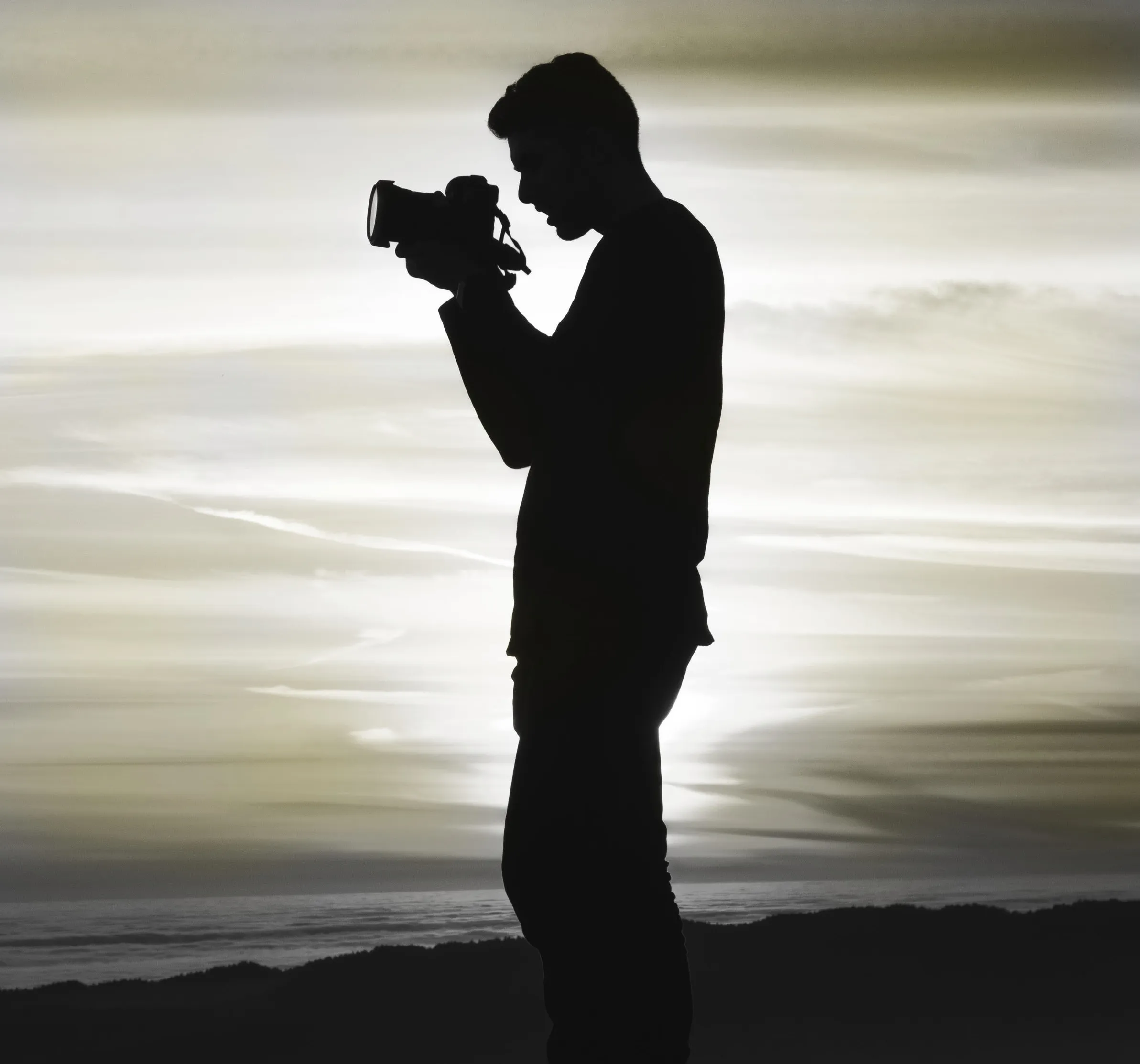As global food demand continues to rise and myriad threats of climate change intensify, creating more sustainable agricultural practices has become increasingly essential. This is especially true in remote areas of the world, where advanced agricultural expertise is scarce and smallholder farmers with limited resources (both financial and material) cultivate an estimated 80% of farmland.
Continue reading “PlantVillage: Helping farmers in East Africa detect and treat plant disease”








